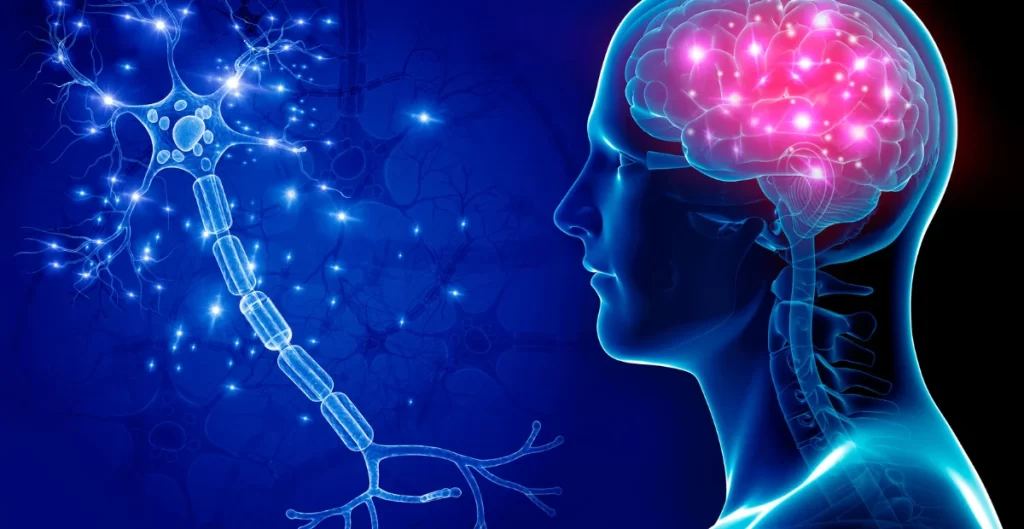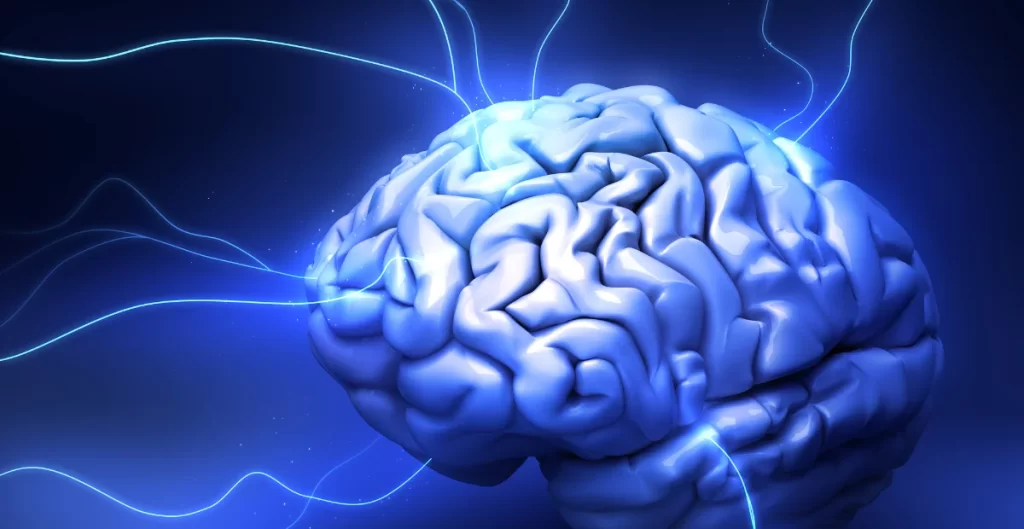As a pharmacist with years of experience in psychiatric medications, I’ve seen firsthand how transformative drugs like chlorpromazine can be for patients. Known by its trade names like Thorazine or Largactil, chlorpromazine is a cornerstone in the history of psychopharmacology. Whether you’re a healthcare professional, a patient, or a curious reader, this blog post dives deep into everything you need to know about chlorpromazine—its uses, dosages, side effects, mechanism of action, and much more. Let’s explore this fascinating medication together.

What Is Chlorpromazine?
Chlorpromazine, chemically known as chlorpromazine hydrochloride, is a first-generation antipsychotic belonging to the phenothiazine drug class. Introduced in the 1950s, it revolutionized the treatment of psychiatric conditions, particularly schizophrenia. I often tell my patients that chlorpromazine was the spark that ignited modern psychiatry—it shifted the focus from institutionalization to pharmacological management of mental illness.
In the UK, chlorpromazine is widely recognized, and its prescribing information is detailed in the British National Formulary (BNF), a key resource we pharmacists rely on. Whether it’s prescribed as chlorpromazine 25mg tablets or higher-strength formulations, this drug remains relevant today, even with newer antipsychotics available.
Key Facts About Chlorpromazine (Quick Overview)
| Aspect | Details |
|---|---|
| Generic Name | Chlorpromazine |
| Brand Names | Thorazine, Largactil |
| Drug Class | Phenothiazine (First-Generation Antipsychotic) |
| Primary Uses | Schizophrenia, bipolar disorder, severe anxiety, hiccups |
| Available Forms | Tablets (e.g., 25mg, 50mg, 100mg), syrup, injection |
| BNF Reference | Yes, listed under antipsychotics |
This table gives you a snapshot, but let’s dive deeper into the details below.
How Does Chlorpromazine Work? The Mechanism of Action
One question I’m often asked is, “How does chlorpromazine work?” The answer lies in its mechanism of action. Chlorpromazine primarily acts as a dopamine receptor antagonist, specifically targeting the D2 receptors in the brain. Dopamine is a neurotransmitter involved in mood, motivation, and perception, and its overactivity is implicated in conditions like schizophrenia. By blocking these receptors, chlorpromazine reduces psychotic symptoms such as hallucinations and delusions.
But that’s not all. Chlorpromazine is a multifaceted drug with effects on other neurotransmitter systems, including histamine (H1), serotonin (5-HT), and muscarinic acetylcholine receptors. This broad action explains both its therapeutic versatility and its extensive side effect profile—more on that later.
Here’s a simplified breakdown of its mechanism:
- Dopamine Blockade: Controls psychosis and agitation.
- Histamine Blockade: Causes sedation (helpful for anxiety or insomnia).
- Anticholinergic Effects: Reduces muscle stiffness but may lead to dry mouth or constipation.
This “dirty drug” profile—meaning it affects multiple systems—makes chlorpromazine unique but also requires careful monitoring.

Chlorpromazine Uses: From Schizophrenia to Hiccups
Chlorpromazine’s versatility is one reason we pharmacists still turn to it. Its approved uses span psychiatric and non-psychiatric conditions. Below, I’ve outlined its primary applications based on my experience and the BNF chlorpromazine guidelines.
Psychiatric Uses
- Schizophrenia: Chlorpromazine is a first-line treatment for acute psychotic episodes. It calms agitation and reduces delusions.
- Bipolar Disorder: During manic phases, it helps stabilize mood and behavior.
- Chlorpromazine for Anxiety: Though not a primary anxiolytic, its sedative properties make it useful for severe, short-term anxiety unresponsive to other treatments.
- Behavioral Disturbances: In conditions like dementia or severe agitation, it’s sometimes used off-label.
Non-Psychiatric Uses
- Chlorpromazine for Hiccups: Yes, you read that right! Chlorpromazine hiccups treatment is a well-documented use. It’s particularly effective for intractable hiccups resistant to other remedies.
- Nausea and Vomiting: Its antiemetic properties make it valuable in palliative care or chemotherapy settings.
Did You Know?
Chlorpromazine was originally developed as an antihistamine before its antipsychotic effects were discovered by French psychiatrist Henri Laborit in 1952. This serendipitous finding changed psychiatry forever.
Chlorpromazine Dosage: Guidelines for Adults and Beyond
Determining the right chlorpromazine dosage is critical, and as pharmacists, we tailor it to the patient’s condition, age, and response. The BNF chlorpromazine section provides clear guidance, but here’s what I’ve learned from practice.
Chlorpromazine Dosage for Adults
| Condition | Starting Dose | Maintenance Dose | Route |
|---|---|---|---|
| Schizophrenia | 25–100mg/day | 75–300mg/day (up to 1g) | Oral/IM |
| Anxiety | 25–50mg/day | Adjust as needed | Oral |
| Hiccups | 25–50mg every 6–8 hrs | Short-term use | Oral/IM |
| Nausea/Vomiting | 10–25mg every 4–6 hrs | As required | Oral/IM |
- Oral Administration: Tablets like chlorpromazine 25mg are common starting points.
- Intramuscular (IM): Used in acute settings (e.g., 25–50mg), but requires monitoring for hypotension.
- Maximum Dose: Rarely exceeds 1000mg/day due to side effect risks.
Chlorpromazine Dosage for Anxiety
For anxiety, we typically start low—around 25mg daily—because sedation can be pronounced. It’s not a long-term solution, but in acute cases, it’s effective.
Special Populations
- Elderly: Lower doses (e.g., 10–25mg) due to sensitivity to side effects.
- Children: Rarely used, but if prescribed, doses are weight-based and supervised by specialists.
Tip: Always take chlorpromazine with food to reduce stomach upset, and never stop abruptly—tapering is essential to avoid withdrawal effects.

Side Effects of Chlorpromazine: What to Expect
No discussion of chlorpromazine is complete without addressing its side effects. As a phenothiazine, it has a laundry list of potential reactions, some mild, others severe. I always counsel patients to weigh these against the benefits.
Common Side Effects
- Drowsiness: Due to histamine blockade, sedation is frequent, especially at first.
- Dry Mouth: An anticholinergic effect—sugar-free gum helps!
- Constipation: Common but manageable with diet and hydration.
- Blurred Vision: Temporary and dose-related.
Serious Side Effects
- Extrapyramidal Symptoms (EPS):
- Tremors, rigidity, or restlessness (akathisia).
- Managed with dose reduction or adjunct meds like benztropine.
- Tardive Dyskinesia: Long-term use may cause involuntary movements, especially in the face.
- Neuroleptic Malignant Syndrome (NMS): Rare but life-threatening—fever, muscle stiffness, confusion. Stop the drug immediately if suspected.
- Low Blood Pressure: Especially with IM doses—patients should lie down post-injection.
A Closer Look: Side Effects
| Category | Examples | Management |
|---|---|---|
| Neurological | EPS, tardive dyskinesia | Dose adjustment, adjunct meds |
| Cardiovascular | Hypotension, tachycardia | Monitor BP, slow administration |
| Metabolic | Weight gain | Diet and exercise |
| Endocrine | Hyperprolactinemia (e.g., galactorrhea) | Monitor prolactin levels |
Patient Advice: Report any unusual movements, fever, or yellowing of the skin (jaundice—a rare liver effect) to your doctor immediately.
Chlorpromazine in the UK: Availability and Brand Names
In the UK, chlorpromazine UK is available as a generic and under brand names like Largactil. We dispense it in various strengths—25mg, 50mg, 100mg tablets, and even syrup for those who struggle with pills. The chlorpromazine BNF entry is our go-to for prescribing details, ensuring safe and effective use.
Brand Name vs. Generic
- Chlorpromazine Brand Name: Thorazine (US) and Largactil (UK) are synonymous with quality, but generics are just as effective and more affordable.
- Chlorpromazine Trade Name: Same active ingredient, different packaging—your pharmacist can guide you.
Chlorpromazine for Hiccups: A Surprising Application
Let’s zoom in on chlorpromazine for hiccups. Intractable hiccups—those lasting over 48 hours—can be debilitating. Chlorpromazine works here by calming the diaphragm’s nerve signals via its central nervous system effects. A typical regimen might be 25–50mg every 6–8 hours, but it’s short-term.
Case Example: I once had a patient with hiccups persisting for days after surgery. After failed attempts with metoclopramide, chlorpromazine resolved it within 24 hours. It’s not first-line, but it’s a lifesaver when needed.
Practical Considerations: Drug Interactions and Monitoring
As a pharmacist, I stress the importance of checking interactions. Chlorpromazine can amplify sedation with alcohol, opioids, or benzodiazepines. It also interacts with:
- Antihypertensives: Risk of severe hypotension.
- Antidepressants: Increased anticholinergic effects.
- Levodopa: Reduced efficacy in Parkinson’s patients.
Monitoring includes:
- Regular blood pressure checks.
- Liver function tests (due to rare hepatotoxicity).
- ECG if cardiac risk factors are present (it can prolong QT interval).
FAQs About Chlorpromazine
Here are some common questions I hear in the pharmacy:
- Is chlorpromazine still used today?
Yes, though newer antipsychotics like risperidone have taken the spotlight, it’s still valuable for specific cases. - Can chlorpromazine treat anxiety long-term?
No, it’s better for acute anxiety due to side effects and tolerance risks. - What’s the difference between chlorpromazine and newer drugs?
It’s more sedating and has more EPS, but it’s cheaper and effective for hiccups or agitation.
Conclusion: Chlorpromazine’s Legacy and Modern Role
Chlorpromazine remains a testament to how far psychiatry has come. From its humble beginnings as an antihistamine to its role in treating schizophrenia, anxiety, and even hiccups, it’s a drug that wears many hats. As pharmacists, we appreciate its efficacy but respect its risks—proper dosing, monitoring, and patient education are key.
If you’re prescribed chlorpromazine or curious about it, talk to your healthcare team. Have you or a loved one used it? I’d love to hear your experiences in the comments below—this old drug still has stories to tell.